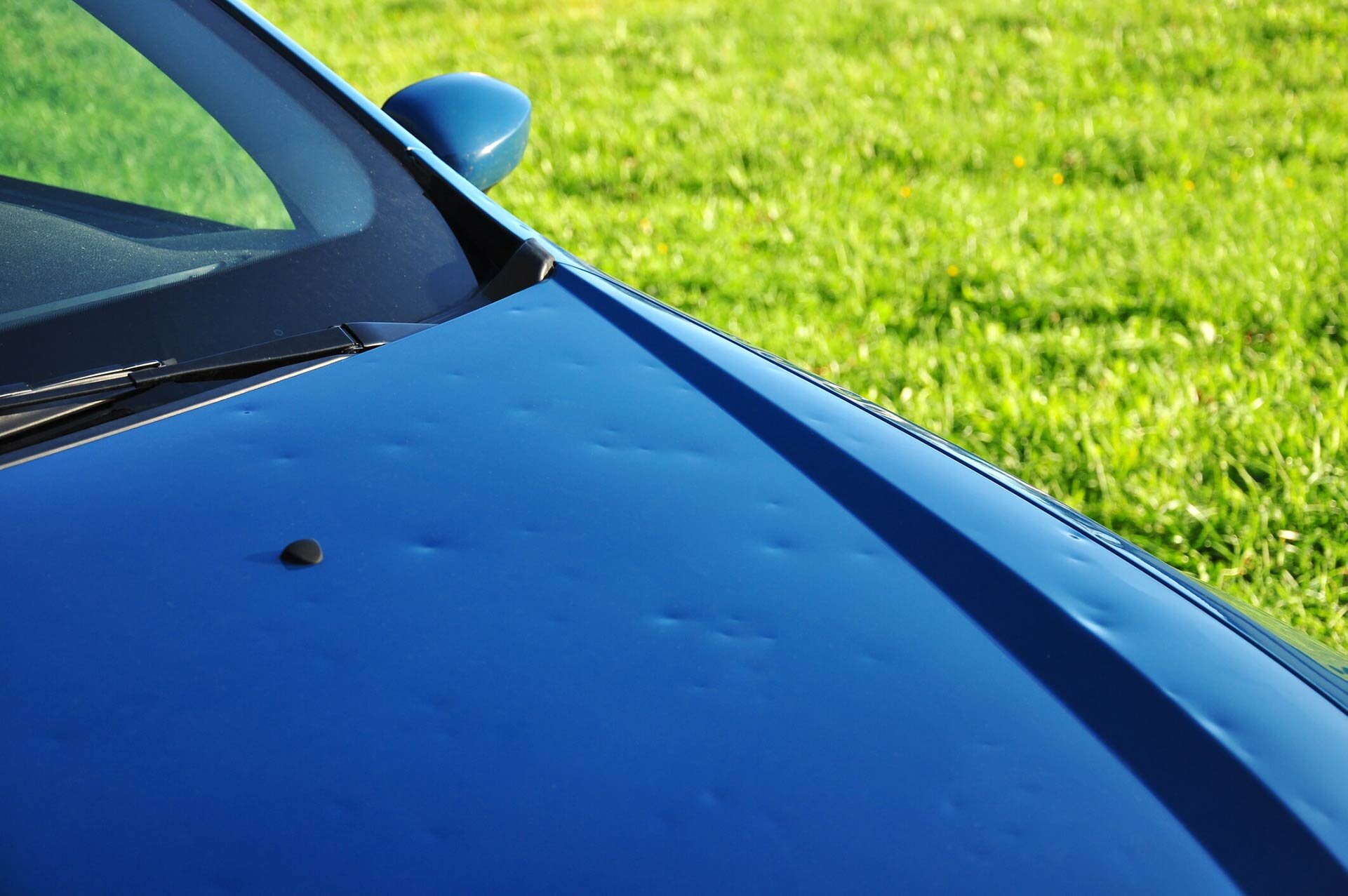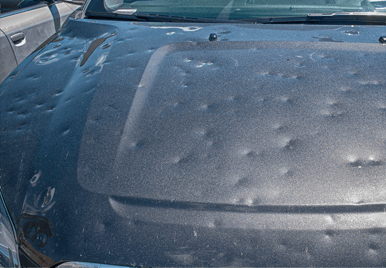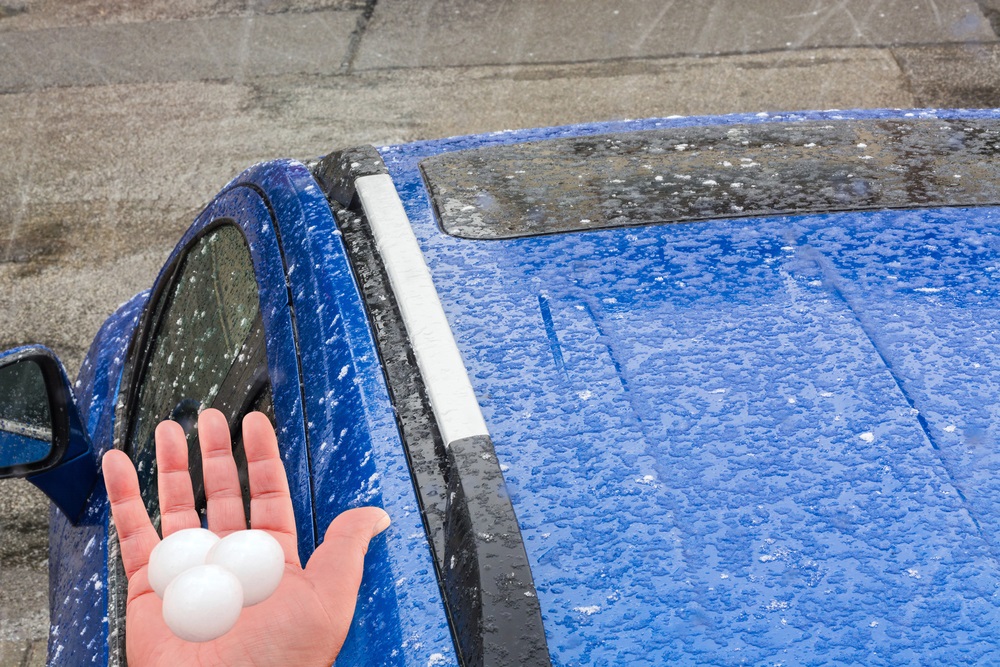Find the Best Hail Repair Technicians Near You: Top-Notch Service You Can Trust
Find the Best Hail Repair Technicians Near You: Top-Notch Service You Can Trust
Blog Article
What to Expect Throughout the Hail Repair Process: A Step-by-Step Overview
Navigating the hail repair procedure can be often frustrating and detailed for home owners. Comprehending each stage, from the initial damage control to the final examination, is critical for ensuring an effective outcome. The process begins with a specialist examination to determine both noticeable and covert damages, followed by discussions on repair alternatives and costs. What comes next off might dramatically influence your experience and satisfaction with the repairs. As we discover these steps in information, you will certainly gain insights that can help you make informed choices throughout this crucial process.
Evaluating Hail Damages
Evaluating hail damage is an essential very first step in the hail repair process, as it establishes the degree of fixings required and notifies the subsequent activities. An extensive assessment includes both visual examination and detailed assessment of influenced locations. Home owners ought to start by taking a look at the outside surfaces, including roofing systems, house siding, home windows, and vehicles, for visible indicators of damages, such as leaks, dents, or fractures.
Using specialized devices, such as dampness meters and infrared electronic cameras, can provide a more comprehensive understanding of underlying issues that might not be immediately obvious. It is likewise a good idea to record the damages thoroughly, catching pictures and video recordings to develop an in-depth document for future referral.
Along with aesthetic examinations, expert contractors often perform a complete assessment to recognize surprise problems that may call for repair. This analysis notifies the repair method, thus ensuring that all affected areas are dealt with properly. By prioritizing an accurate analysis of hail damages, homeowners can facilitate an effective repair procedure, safeguard their home, and possibly avoid more issues from unsolved issues.
Calling Your Insurance Coverage
After completely assessing the hail damages, the next step entails calling your insurance service provider to launch the insurance claims process. Begin by examining your policy to understand the coverage information, consisting of deductibles and any type of specific demands for filing an insurance claim.

Your insurance policy supplier will lead you through the necessary actions, which may include finishing an insurance claim kind and offering added documentation. It's essential to record all communications for your records, as this can be valuable if any type of disparities occur throughout the procedure.

Choosing a Repair Service Professional
Once your insurance coverage case is approved, picking a qualified repair service provider ends up being vital to ensure the remediation of your residential or commercial property is managed professionally and effectively. Begin by conducting complete study to determine service providers with experience particularly in hail damage repair work. Seek those who have developed a strong track record within your neighborhood area.
A trusted contractor must lug responsibility insurance policy and employees' compensation to protect you from possible liabilities. Look for referrals from pals, household, or next-door neighbors who have undergone similar fixings.
Once you have a shortlist, demand composed quotes from numerous professionals. This will certainly allow you to contrast price factors and the scope of work they recommend. Focus on the details in each estimate, making sure that they cover materials, labor, and timelines.
Repair Process Overview
Just how does the repair process unravel after choosing a certified professional? This analysis helps in creating a precise repair strategy and price quote - hail repair.
As soon as the evaluation is total, the professional will certainly discuss the findings with you, offering a comprehensive breakdown of needed repair services and connected expenses. Upon your approval, the contractor will continue with organizing the repair service job. This phase may include buying products and collaborating with various other i thought about this needed tradespeople.
Frequently, the repair services will certainly commence with the removal of damaged products, such as roof covering, house siding, or rain gutters. Following this, the service provider will change or fix the affected areas, making certain compliance with local building ordinance and standards. Throughout the process, communication is key; your contractor ought to maintain you notified about development and any kind of unexpected issues that might emerge.
Final Inspection and Follow-Up
Upon completion of the fixing job, a final inspection is conducted to guarantee all damages have been sufficiently resolved which the repair work fulfill both your assumptions and regional building requirements. This look at this web-site assessment normally involves a comprehensive exam of the fixed areas, consisting of the roof covering, house siding, and any indoor damage that might have arised from the hail.

House owners need to keep paperwork of the repair services and any kind of guarantees for future referral. Inevitably, the last inspection and follow-up are crucial steps in the hail repair procedure, making sure that your property is brought back to its pre-damage problem and maintaining the integrity of your investment.
Conclusion
To conclude, the hail repair procedure includes an organized technique that ensures thorough analysis, reliable communication with insurance carriers, and the choice of qualified professionals. Each phase, from damages evaluation to the final inspection, plays a vital role in restoring home to its pre-damage condition. Homeowners can navigate this process with confidence, recognizing the crucial steps entailed and the importance of professional advice, eventually resulting in top quality and acceptable fixings.
Evaluating hail damage is a critical first action in the hail repair procedure, as it establishes the extent of repairs needed and additional info educates the subsequent actions. By focusing on an exact examination of hail damages, homeowners can assist in an effective repair process, protect their home, and potentially avoid further issues from unsolved concerns.
Just how does the repair process unravel after selecting a certified service provider? Eventually, the final inspection and follow-up are essential steps in the hail repair procedure, ensuring that your property is recovered to its pre-damage condition and preserving the integrity of your investment.
In final thought, the hail repair process includes a structured method that ensures detailed evaluation, reliable communication with insurance policy service providers, and the choice of qualified specialists.
Report this page